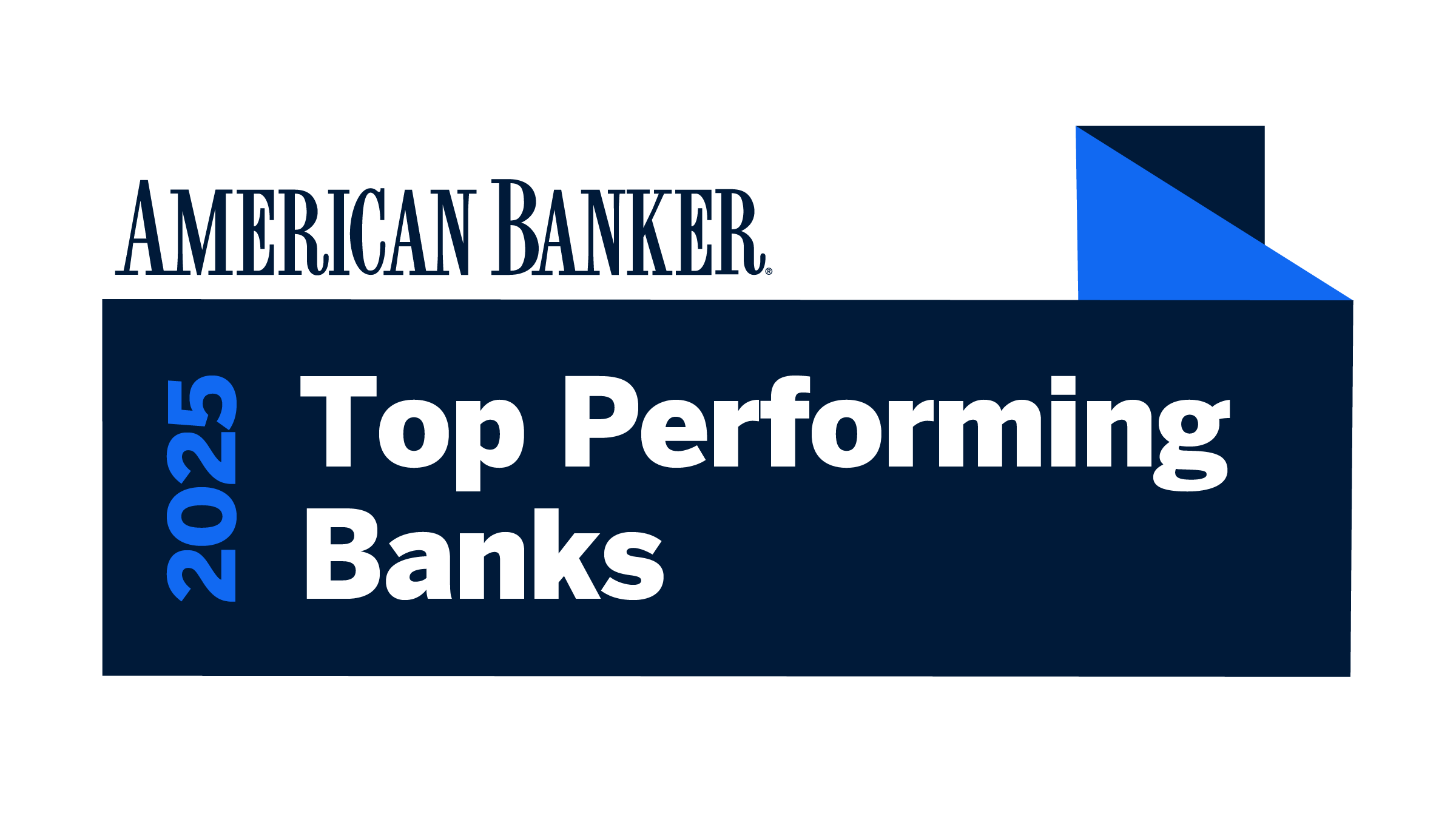In a year marked by challenging loan growth, large banks have demonstrated that a variety of strategies can lead to significant profitability. While smaller banks have focused on attracting inexpensive deposits and cutting costs, institutions with assets exceeding $50 billion have leveraged diverse revenue streams to drive their success. According to Claude Hanley, a founder and partner at Capital Performance Group, these banks are not bound to a single operational model, allowing each to find its unique path to profitability.
As competition for loan pricing intensifies and the reliance on core deposits may not suffice for funding, smaller banks often turn to expanding fee-based services. Hanley noted that larger banks possess multiple avenues to enhance their revenue, leading to varied success metrics across the top performers. In fact, the top ten banks on the list increased their ratio of noninterest income to average assets by 19 basis points last year, significantly outperforming their peers, who saw only a one basis point increase.
The ranking of the 37 banks, compiled by Capital Performance Group based on their three-year average return on average equity, highlights the eclectic nature of success among larger institutions. For instance, JPMorgan Chase, which is substantially larger than its competitors, capitalizes on a multitude of revenue streams, particularly in investment banking, to achieve record profits in 2024.
Conversely, Raymond James, which secured the second position, relies heavily on its wealth management services. Although it provides traditional banking services, this segment is not the core of its profitability, as evidenced by its impressive ratio of noninterest income to average assets of 13.77%, a stark contrast to the median of 1.12% for its asset tier.
On the other end of the spectrum, East West Bancorp, a California-based bank serving primarily Asian and Asian American markets, has thrived by focusing on its lending business. With assets totaling $76 billion, East West successfully attracted deposits through targeted marketing campaigns, such as its Lunar New Year certificate of deposit initiative.
Mergers and acquisitions also play a crucial role in enhancing financial performance. First Citizens BancShares topped the list for the second consecutive year, largely due to its strategic acquisition of the failed Silicon Valley Bank in 2023. This move allowed First Citizens to expand its asset base at a discounted price, although it faced challenges associated with rapid growth. Despite a remarkable return on average equity of 63.92% post-acquisition, the bank’s performance normalized in 2024, indicating the complexities of sustaining growth.
Additionally, UMB Financial, which recently surpassed the $50 billion asset mark, made its debut in the top ten list this year. The Missouri-based bank benefits from a strong fee income model, bolstered by a significant health savings account portfolio that contributes to both revenue and low-cost deposits. UMB experienced notable growth in loans and core deposits, as well as the second highest increase in net income among top performers.
The findings illustrate that size alone does not guarantee superior performance. The median asset size for all banks in the ranking was $156 billion, while the top ten averaged $82 billion. Hanley emphasized that growth should not solely focus on increasing size, as effective strategies play a more significant role in achieving high performance.
Investors appear to evaluate banks based on a multitude of factors beyond financial metrics. After a difficult start to 2024, stock prices for many large banks surged, particularly following expectations of economic growth spurred by the recent election. While the median stock price for large banks increased by 28%, the top ten performers saw an even greater rise of 30%. This discrepancy suggests that investor sentiment may hinge on broader economic indicators rather than strictly financial performance.
In conclusion, the diverse approaches to profitability among large banks highlight the complexities of the financial landscape. As the banking sector continues to evolve, institutions must navigate challenges while leveraging their unique strengths to maintain competitive advantages.
